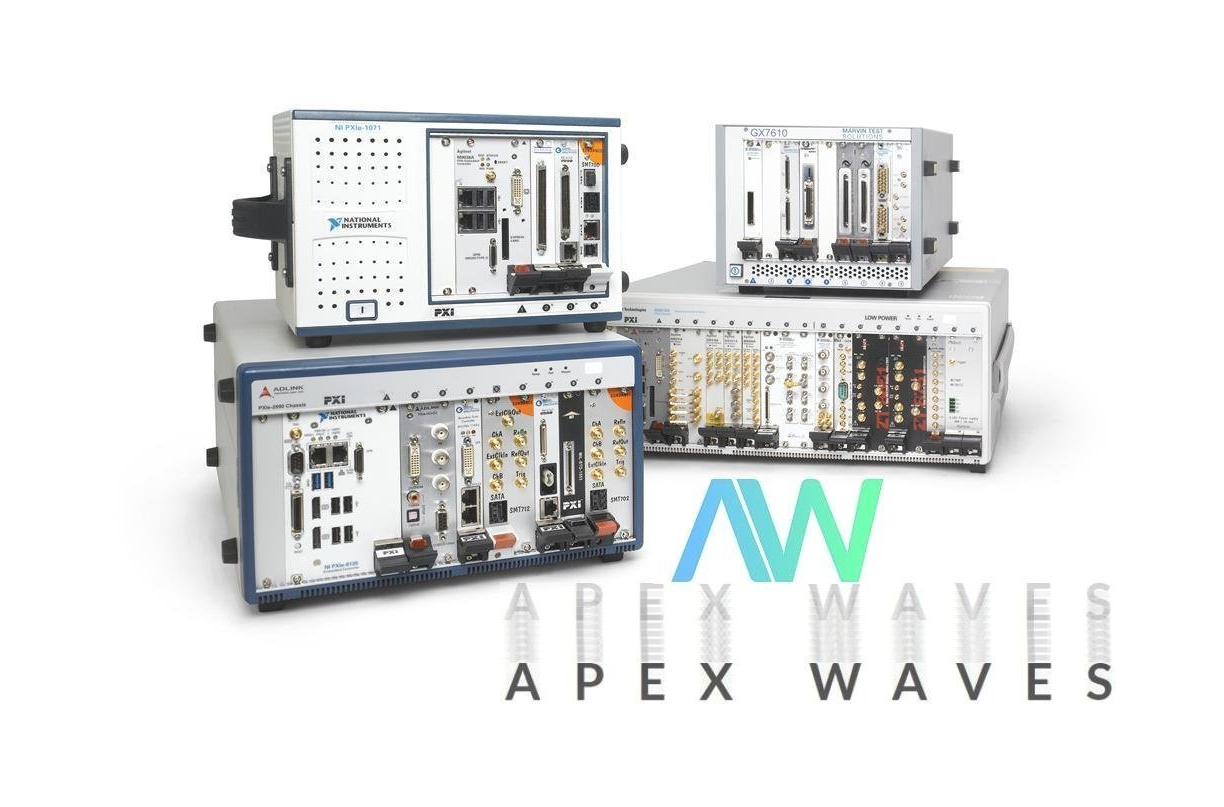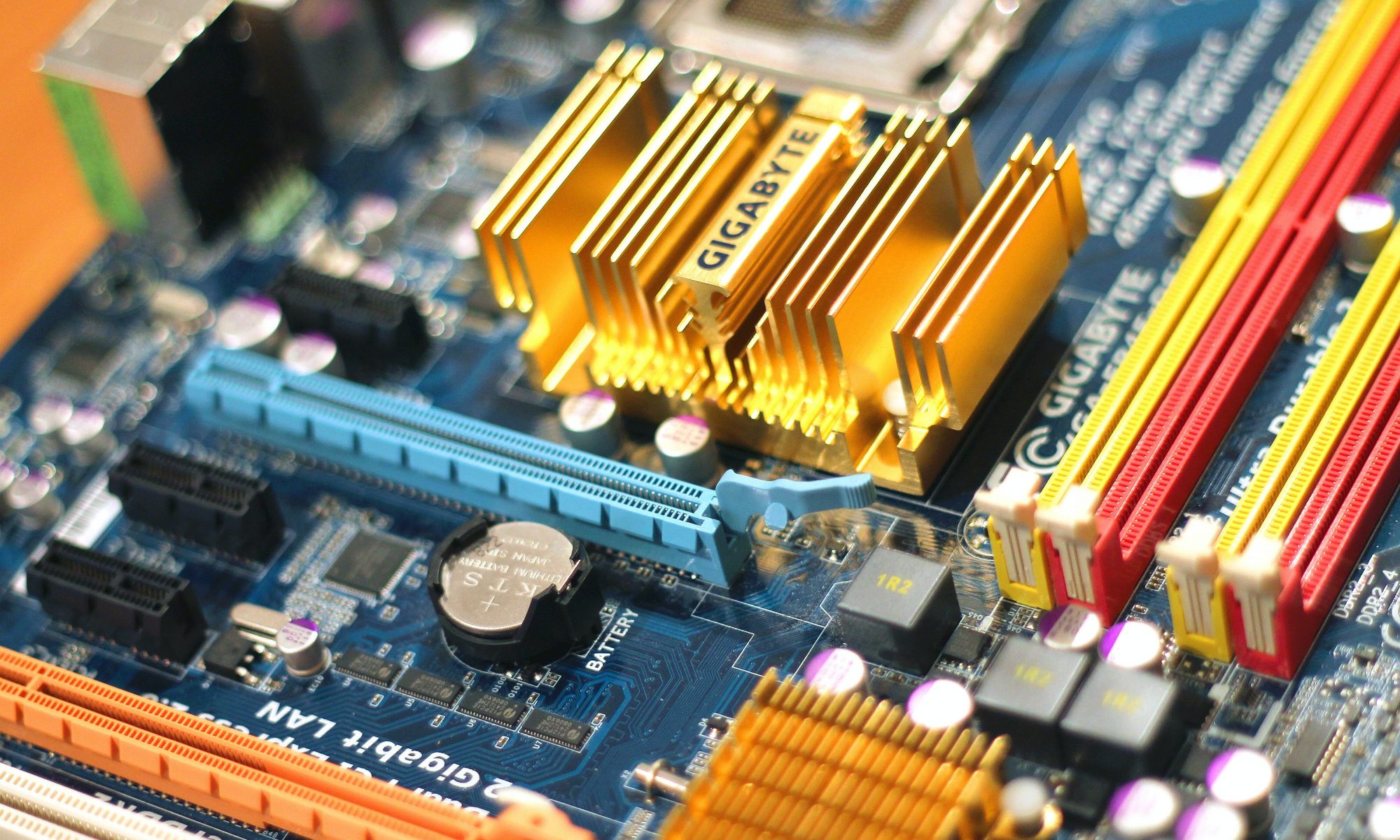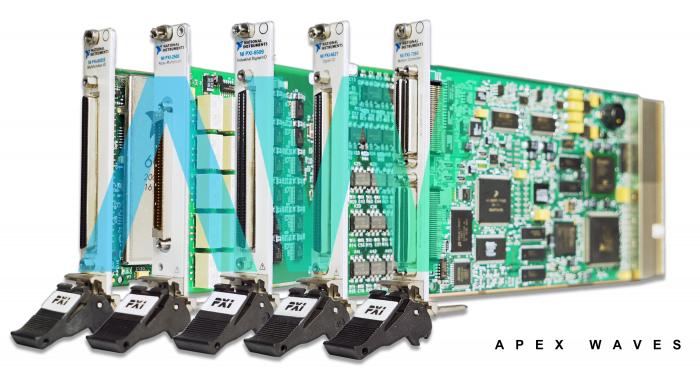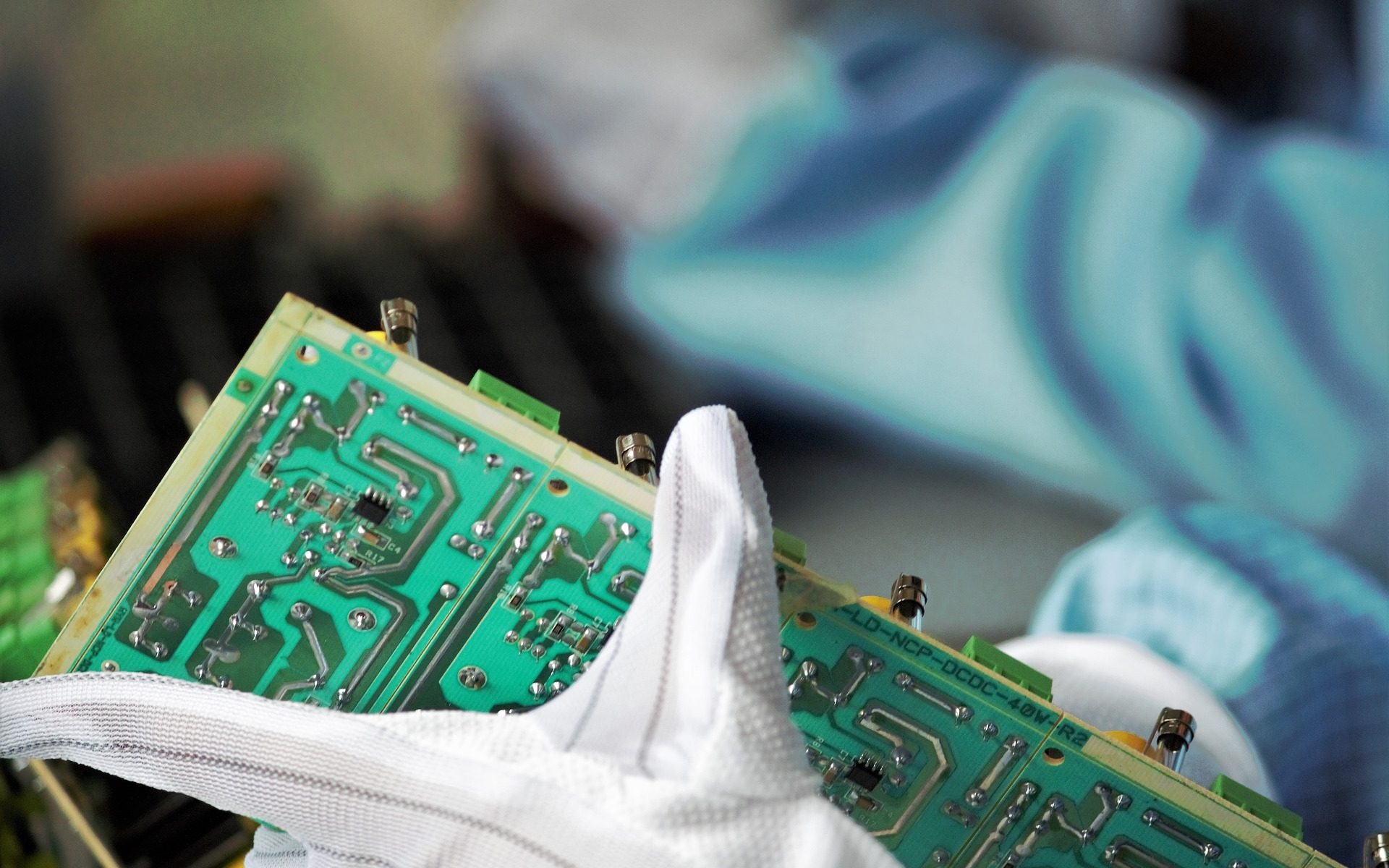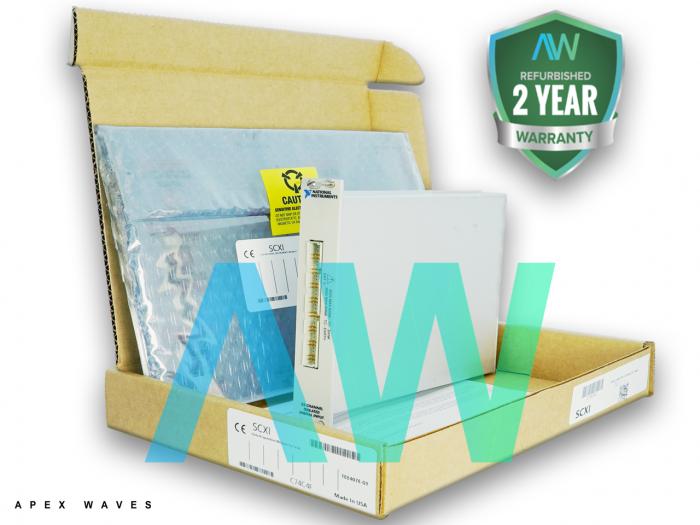Electromechanical systems are present in a wide range of complex and sophisticated vehicles such as ships, ground vehicles, aircraft, and the like. The way such standard systems work is through the software that operates on a controller. The physical components and mechanics are thus regulated by the controller, enabling the vehicles’ moving parts.
Continue reading “Validation: Electromechanical Systems Test”

